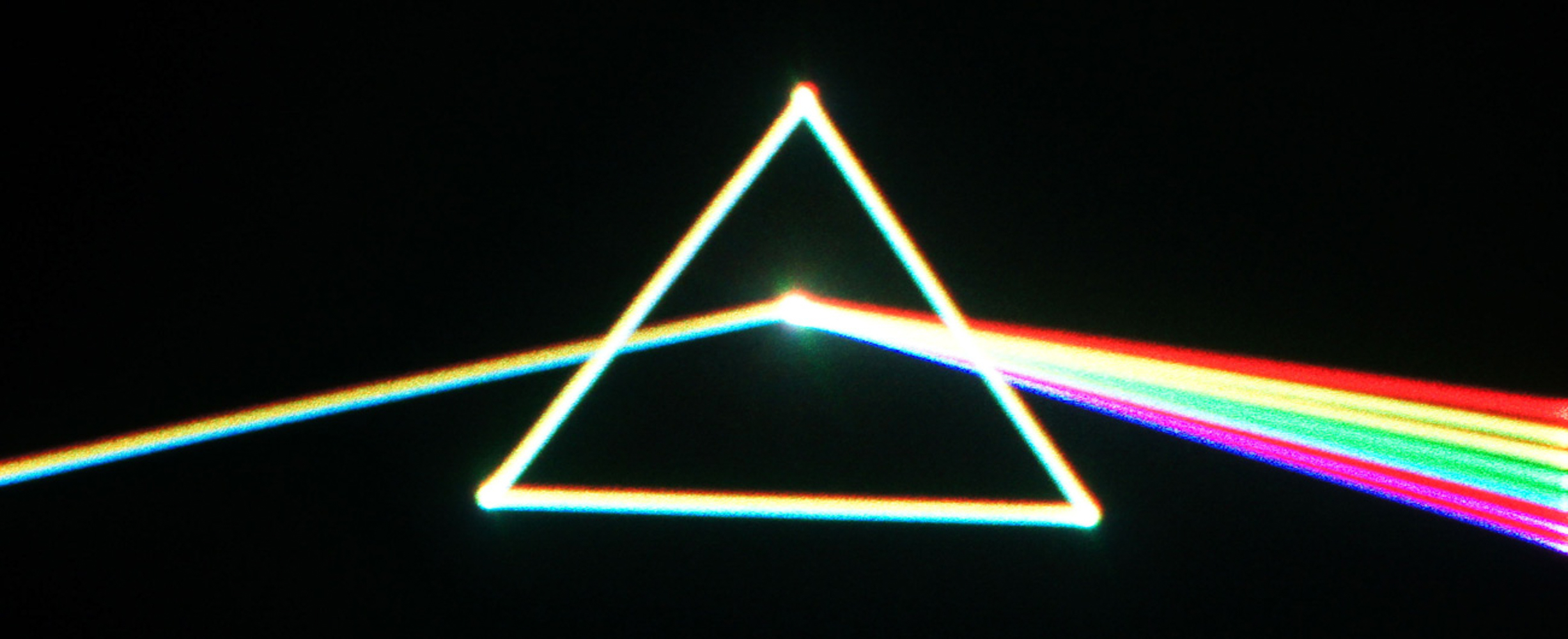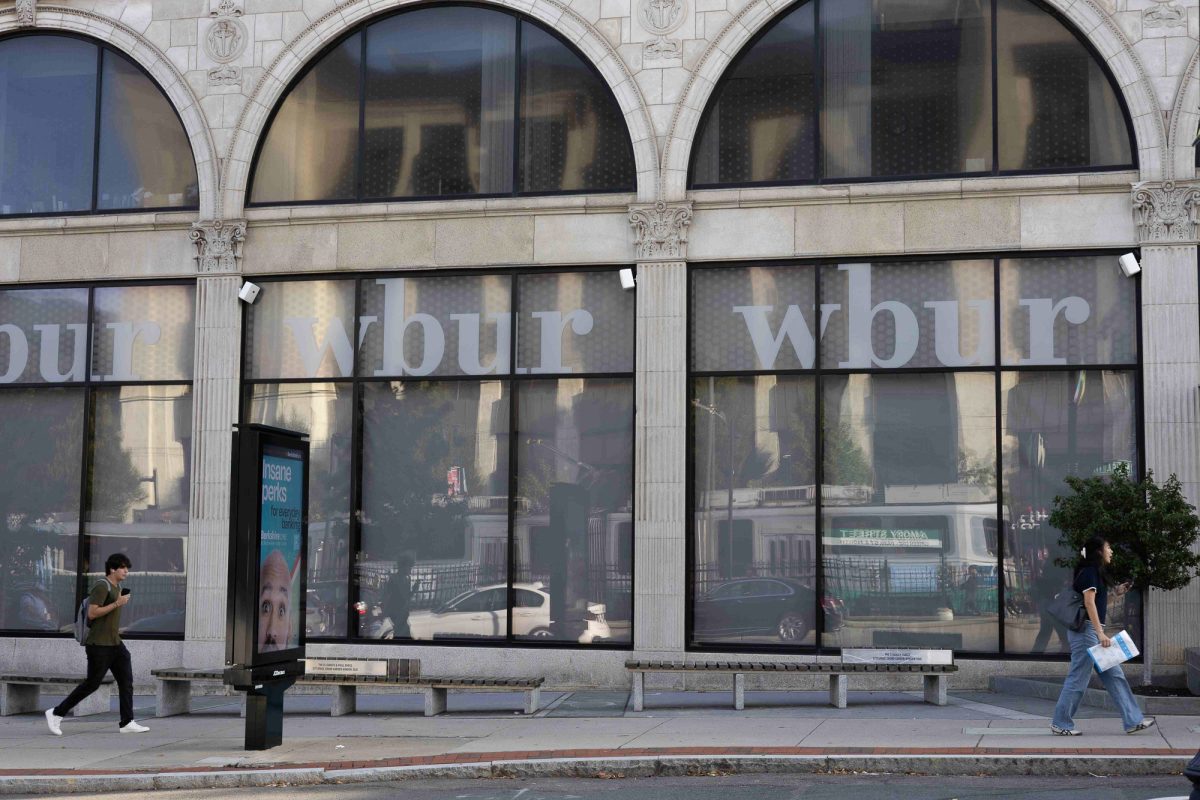There is only one place where universal themes that unite people all over the world can be digested in just fifty minutes — the “Laser Floyd: Dark Side of the Moon” light show.
With cosmic animations and laser effects, the Boston Museum of Science hosts the show every Friday and Saturday. Viewers can go on a journey through the entire “Dark Side of the Moon” album and see key motifs presented in each song.
It is held at the Charles Hayden Planetarium, a $9 million dollar, 57-foot dome used to host a variety of shows such as ones that play Radiohead, Beyonce and Fleetwood Mac. However, “Laser Floyd” is the only one of the music related shows that uses lasers in its animations, while the others consist of strictly astronomical images.

At the start of the song “Time” during the show, neon-laser images of clock gears flashed in and out of existence over a dark red background. Suddenly, an alarm clock sounded while a bell from a clock tower chimed and images of clock hands, screws and gears flew towards the crowd. With a nearly two and half minute long intro, the images of pyramids corresponding with the sound of drums captivated the room.
At the end of “Brain Damage,” the synth solo was accompanied by various mushroom figures growing on the screen. The song focuses on a man who is going insane, hearing the voices in his head and having them tell him what to do. All of these psychedelic images helped immerse the audience inside the mind of the character of the song.
Another highlight of the show was the opening and closing of a countless number of eyes peering down onto the crowd during “Any Colour You Like.” As a fully instrumental song, the break from a space-themed background fit the aesthetic of the show. It was an easily digestible point that gave the audience’s eyes something new to look at.
When the song “Us and Them” started to play, a red, spinning vinyl record was flashing in and out to the tempo of the slower song while the tempo of the spin was set to the main guitar riff.
The last song of the show and album, “Eclipse,” contrasted the “Us and Them” portion of the show. The grand finale of the show “Eclipse” ended with rapid spinning of lasers as the climax of the song played.
Dale Edwards, a music and art show presenter at the Charles Hayden Planetarium, has been operating the Pink Floyd Laser show for the past ten years.
“Everything you saw with the astronomy was actually me live flying, queuing up different videos,” Edwards said. “The same software that’s used during the astronomy shows … I was using those scenes as well.”
The crowd that attended Friday night’s show consisted of people of all ages. Brenton Baab, a sophomore in the College of Arts and Science, attended his first Pink Floyd Laser show last weekend.
“The ability to adapt from telling a story with the lasers to abstract objects really carried the performance,” Baab said.
Michael Villani, a sophomore in CAS, said the song “Money” as well as the Egyptian section of the show stood out to him. Throughout the song “Time,” Egyptian themes with images including pyramids.
“(The hieroglyphics) possibly had a reference to an ankh, which is a symbol for life in Egyptian mythology,” Villani said. “I don’t know if anyone noticed this…to me at least there was a lot of symbolism of life and death.”
Susan Katz, a graduate student at Northeastern University, said the show was really cool and happened “so fast.”
“I kind’ve felt like I was on a roller coaster,” Katz said. “Like I was on a trip.”
The culmination of the show was a laser image of the iconic cover of the album in front of the moon.























































































































